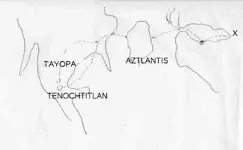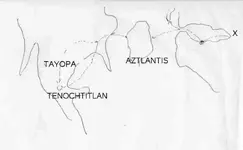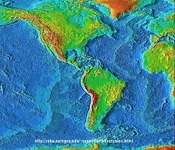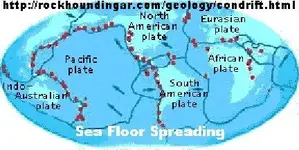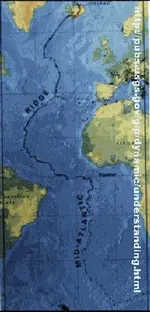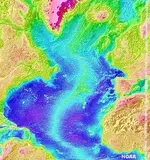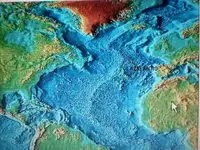Good afternoon HI MTmy friend: I will submit the following as the basis for AZtlantis having existed and still existing below the Atlantic exactly where it is supposed to be.. First Plato's description--?
A) 'At the centre of the island, near the sea, was a plain, said to be the most beautiful and fertile of all plains, and near the middle of this plain about fifty stades inland a hill of no great size... There were two rings of land and three of sea, like cartwheels, with the island at their centre and equidistant from each other... in the centre was a shrine sacred to Poseidon and Cleito, surrounded by a golden wall through which entry was fobidden...
There was a temple to Poseidon himself, a stade in length, three hundred feet wide, and proportionate in height, though somewhat outlandish in appearance. The outside of it was covered all over in silver, except for the figures on the pediment which were covered with gold... Round the temple were statues of all the original ten kings and their wives, and many others dedicated by kings and private persons belonging to the city and its dominions
Here seperate accommodation was provided for royalty and commoners, and, again, for women, for horses, and for other beasts of burden... The outflow they led into the grove of Poseidon, which (because of the goodness of the soil) was full of trees of marvellous beauty and height, and ---- also channelled it to the outer ring-islands by aquaducts at the bridges
On each of these ring islands they had built many temples for different gods, and many gardens and areas for exercise, some for men and some for horses... Finally, there were dockyards full of triremes and their equipment, all in good shape...'
'Beyond the three outer harbours there was a wall, beginning at the sea and running right round in a circle, at a uniform distance of fifty stades from the largest ring and harbour and returning in on itself at the mouth of the canal to the sea. This wall was densely built up all round with houses and the canal and the large harbour were crowded with vast numbers of merchant ships from all quarters, from which rose a constant din of shouting and noise day and night.'
B) You do not know that there formerly dwelt in your land the fairest and noblest race of men which ever lived, and that you and your whole city [Athens] are descended from a seed or remnant of them which survived.
"The power came forth out of the Atlantic Ocean, for in those days the Atlantic was navigable; and there was an island situated in front of the straits which are by you called the Pillars of Hercules [Gibraltar]: the island was larger than Libya and Asia put together, and was the way to other islands...Now in this island of Atlantis there was a great and wonderful empire which had rule over the whole island, and several others, and over parts of the continent, and furthermore the men of Atlantis had subjected the parts of Libya within the columns of Hercules as far as Egypt and of Europe as far as Tyrrhenia [Italy]."
- Plato, Timaeus, 22c-23c; 24c-dThe myth of Atlantis was first described by Plato (427-347 BCE), citing his source as Solon (615-545 BCE), a politician and poet who did a lot of traveling. Solon apparently got his information from Egypt. The Egyptian priests informed Solon that around 9570 BCE, there was already a great civilization at Athens that the present Greeks have already forgotten. The society was ruled by warriors who loved the simple, communal lifestyle and had no interest in great wealth. They had been able to defend the city against the island continent of Atlantis, which lay west beyond the Pillars of Heracles (Straits of Gibraltar) and was ruled by a coalition of kings descended from the sea god, Poseidon, and whose chief king was Poseidon's son, Atlas.
The Atlanteans were at one point almost godlike in their purity of heart, but they became greedy and corrupt over time. They ruled an empire stretching as far as central Italy in Europe to the borders of Egypt in Africa, but grew even greedier and sought to conquer the Athenians, but were defeated. As the war ended, the gods decided to punish the Atlanteans for their pride, and over the course of a day and a night, violent earthquakes and floods swept the island and destroyed it.
The account Plato gives in Critias describes the Atlantean society. The island had virtually everything the Altanteans needed to remain self sufficient from fresh water, abundance in metal ores, luxuriant vegetation, and animals including elephants. As a result, the kings of Atlantis were quite wealthy. Each had its own royal city, but the greatest city was that ruled by the descendents of Atlas
C)
~~~~~~~~~~~~~~~~~
These references will do for a starter.
1) We have a Large Island surrounded by volcanos / islands which is composed of a large plain and in it's center there is a large mountain.
2) This island, by coincidence, lies almost exactly on the conflux of the North American, South American, African and Euroasian plates, a region where violent earth movements can and do take place, also intense themal activity..
3) Examining the ocean floor we find just such a configuration existing, precisely where it should be - hmm
see accompanying photo #1
You will notice a large underwater land mass consisting of a circular plain surrounded by a circular groups of mts / islands with 3 entrances by water, exactly as stated and required to fit the description..
The surrounding Islands were volcanic in nature and possibly modulated the climate due to the proximity of the 4 main plates and their faults.
Frankly, because of the above, simple logic would confirm that this IS Aztlantis.
More later converts.©@
Don Jose de La Mancha





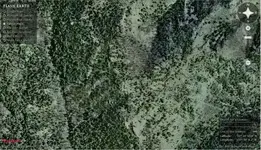
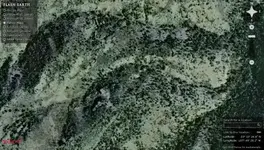
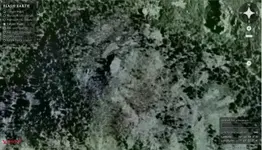
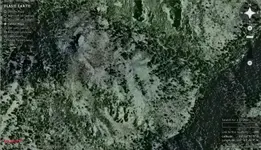
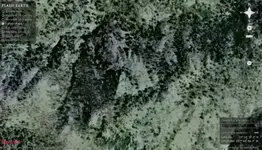
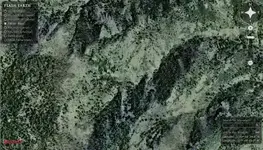
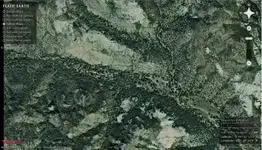
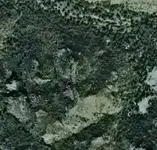
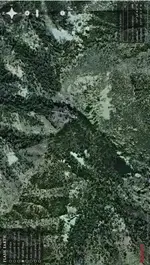
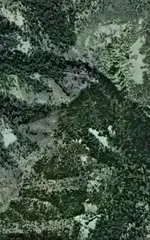
 Thom just wanted to say I love that one too! Now if only I could afford that kind of jewelry...!
Thom just wanted to say I love that one too! Now if only I could afford that kind of jewelry...!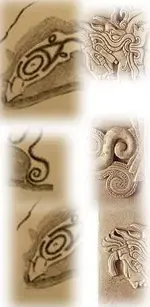
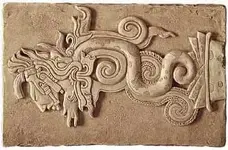
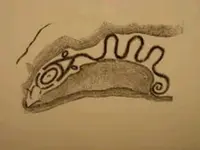
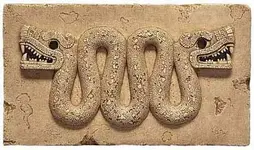
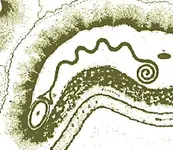


 ) concerning the migration of the Aztecs; since this thread was begun with an eye to examine the idea of the Aztecs being descendants of the Mound-builders, and the Aztec myth of their origin includes departing an island to cross to their "promised land" of central Mexico - suppose they had large sea-going canoes, and used them to leave "Turtle Island" which is what several Amerindian tribes called North America, crossing the Gulf to central Mexico? If they believed the middle of the continent was an "island" and not connected to Mexico, the logical route would be to cross the Gulf right? People have made similar mistakes about geography in the past, we need only look to the many maps which were made depicting California as an "island" lying off the west coast of the continent, separated by the "Strait of Anian" - so is it not possible that early Aztecs/Mexicas could have held a somewhat similar MIS-conception about the geography of North America? Just speculating, I would appreciate your views. Thank you in advance,
) concerning the migration of the Aztecs; since this thread was begun with an eye to examine the idea of the Aztecs being descendants of the Mound-builders, and the Aztec myth of their origin includes departing an island to cross to their "promised land" of central Mexico - suppose they had large sea-going canoes, and used them to leave "Turtle Island" which is what several Amerindian tribes called North America, crossing the Gulf to central Mexico? If they believed the middle of the continent was an "island" and not connected to Mexico, the logical route would be to cross the Gulf right? People have made similar mistakes about geography in the past, we need only look to the many maps which were made depicting California as an "island" lying off the west coast of the continent, separated by the "Strait of Anian" - so is it not possible that early Aztecs/Mexicas could have held a somewhat similar MIS-conception about the geography of North America? Just speculating, I would appreciate your views. Thank you in advance, Sheesh you really are a romantic" gals
Sheesh you really are a romantic" gals